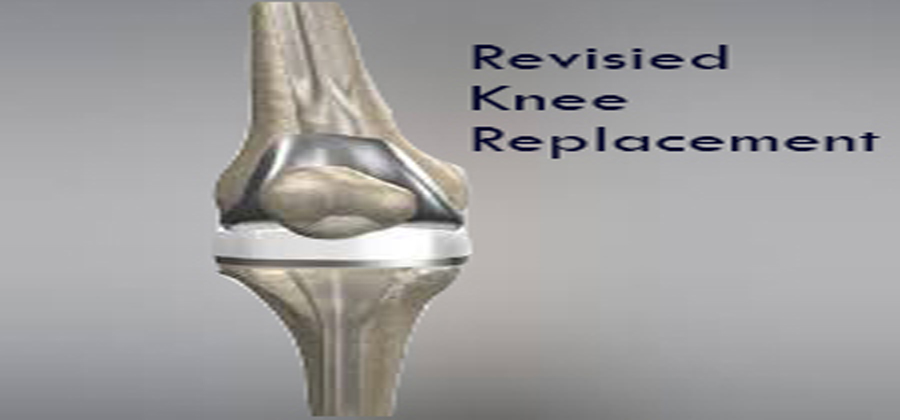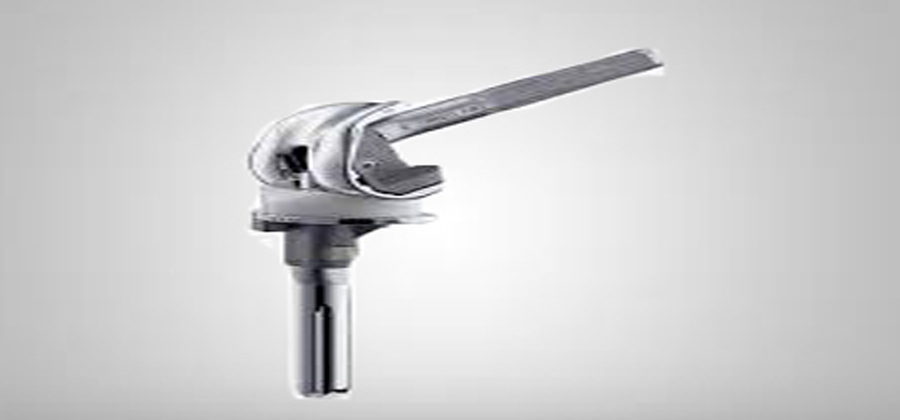Revision KNEE REPLACEMENT SURGERIES
Knee replacement surgery is most commonly performed in people with advanced osteoarthritis and should be considered when conservative treatments have been exhausted. Total knee replacement is also an option to correct significant knee joint or bone trauma in young patients. Similarly, total knee replacement can be performed to correct mild valgus or varus deformity. Serious valgus or varus deformity should be corrected by osteotomy. Physical therapy has been shown to improve function and may delay or prevent the need for knee replacement. Pain is often noted when performing physical activities requiring a wide range of motion in the knee joint.
Types:
- Total Knee Replacement Surgery
- Partial Knee Replacement Surgery
- Kneecap Replacement Surgery
Pre-operative preparation
Knee arthroplasty is major surgery. The xray indication for a knee replacement would be weightbearing xrays of both knees- AP, Lateral, and 30 degrees of flexion. AP and lateral views may not show joint space narrowing, but the 30 degree flexion view is most sensitive for narrowing. If this view, however, does not show narrowing of the knee, then a knee replacement is not indicated. Pre-operative preparation begins immediately following surgical consultation and lasts approximately one month. The patient is to perform range of motion exercises and hip, knee and ankle strengthening as directed daily. Before the surgery is performed, pre-operative tests are done: usually a complete blood count, electrolytes, APTT and PT to measure blood clotting, chest X-rays, ECG, and blood cross-matching for possible transfusion.
Post-operative rehabilitation
The length of post-operative hospitalization is 5 days on average depending on the health status of the patient and the amount of support available outside the hospital setting. Protected weight bearing on crutches or a walker is required until specified by the surgeon because of weakness in the quadriceps muscle.
To increase the likelihood of a good outcome after surgery, multiple weeks of physical therapy is necessary. In these weeks, the therapist will help the patient return to normal activities, as well as prevent blood clots, improve circulation, increase range of motion, and eventually strengthen the surrounding muscles through specific exercises. Treatment includes encouraging patients to move early after the surgery. Often range of motion (to the limits of the prosthesis) is recovered over the first two weeks (the earlier the better).

